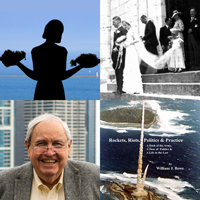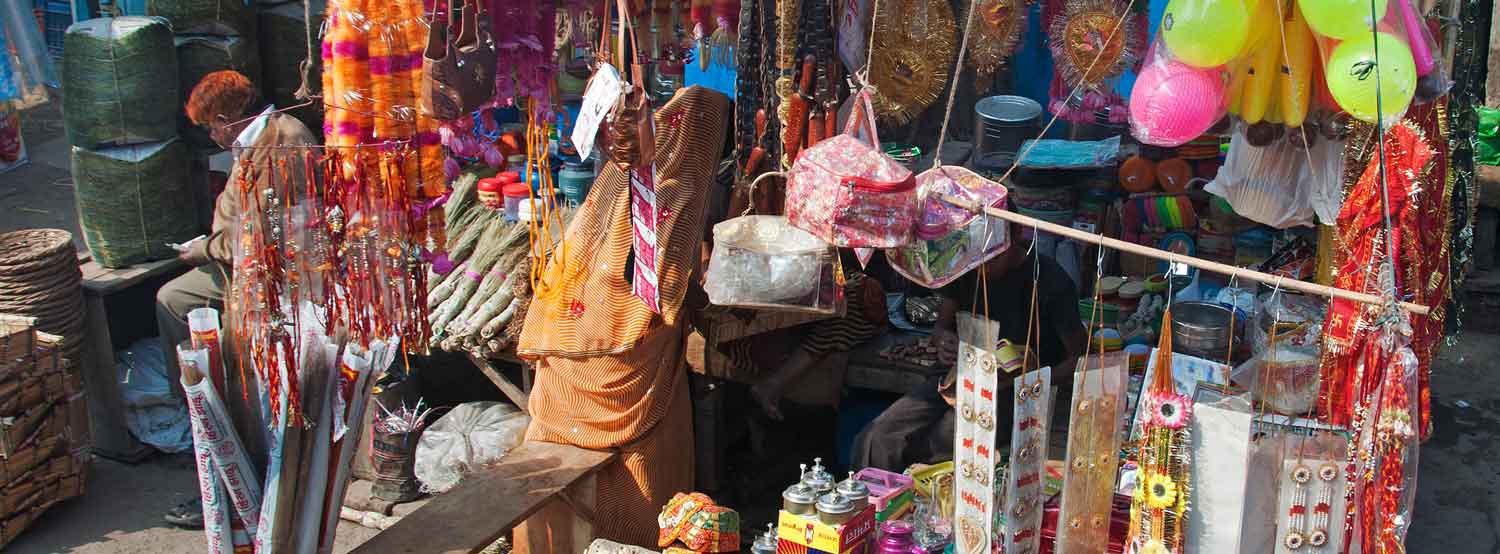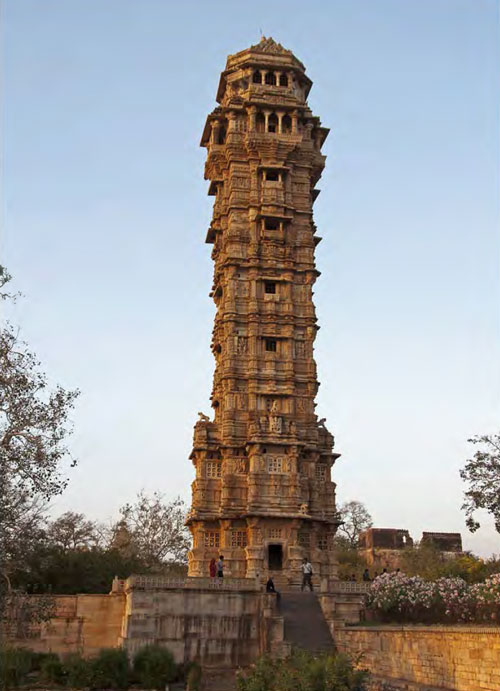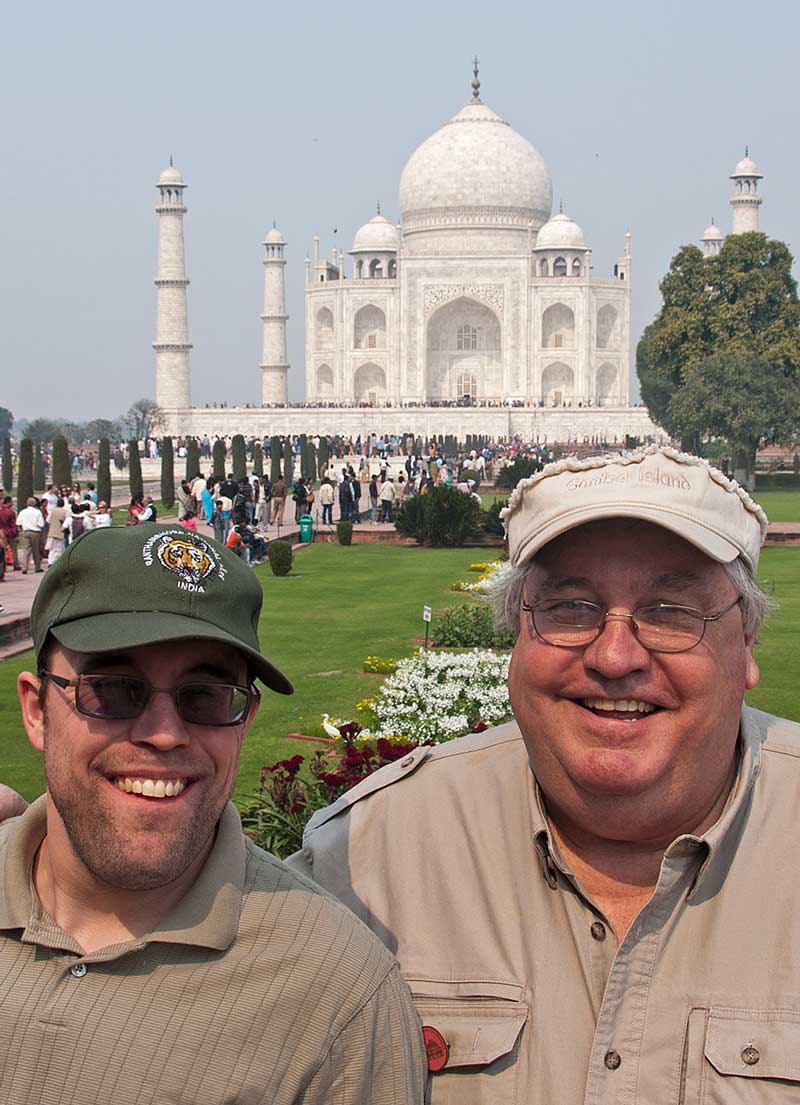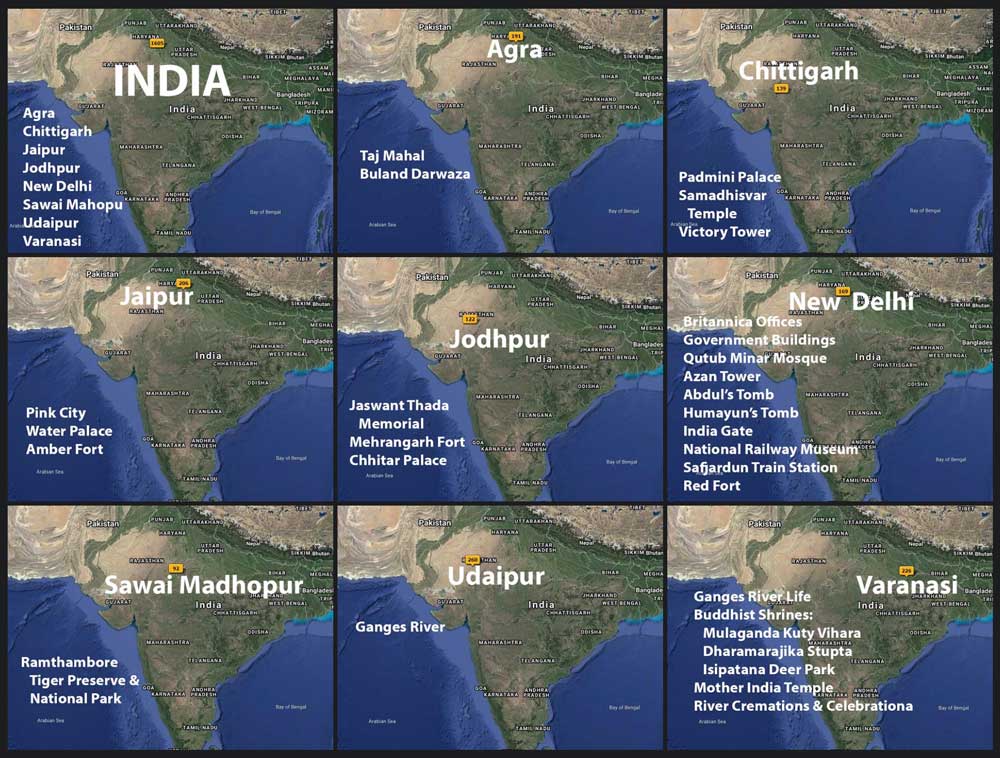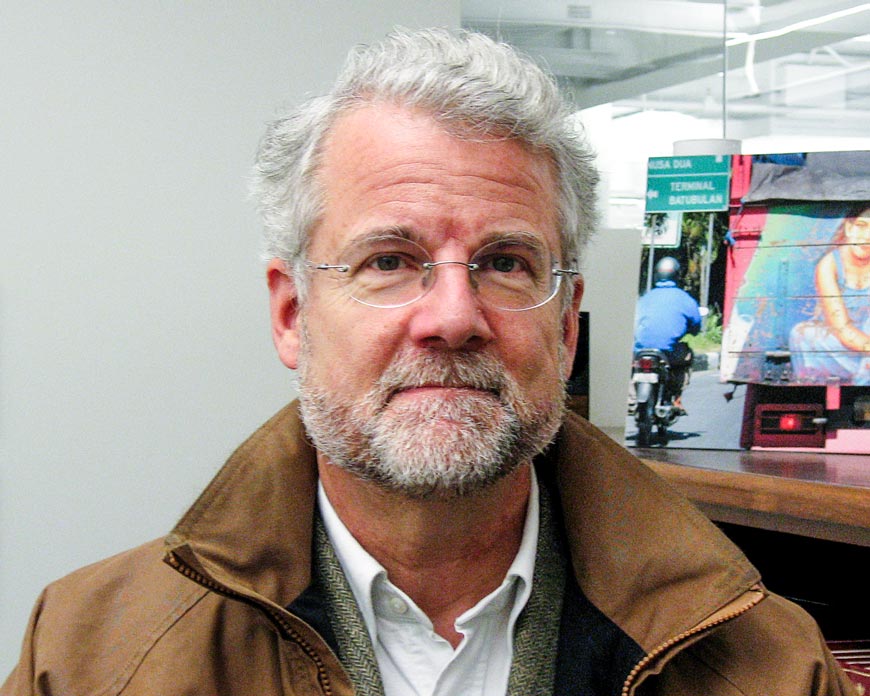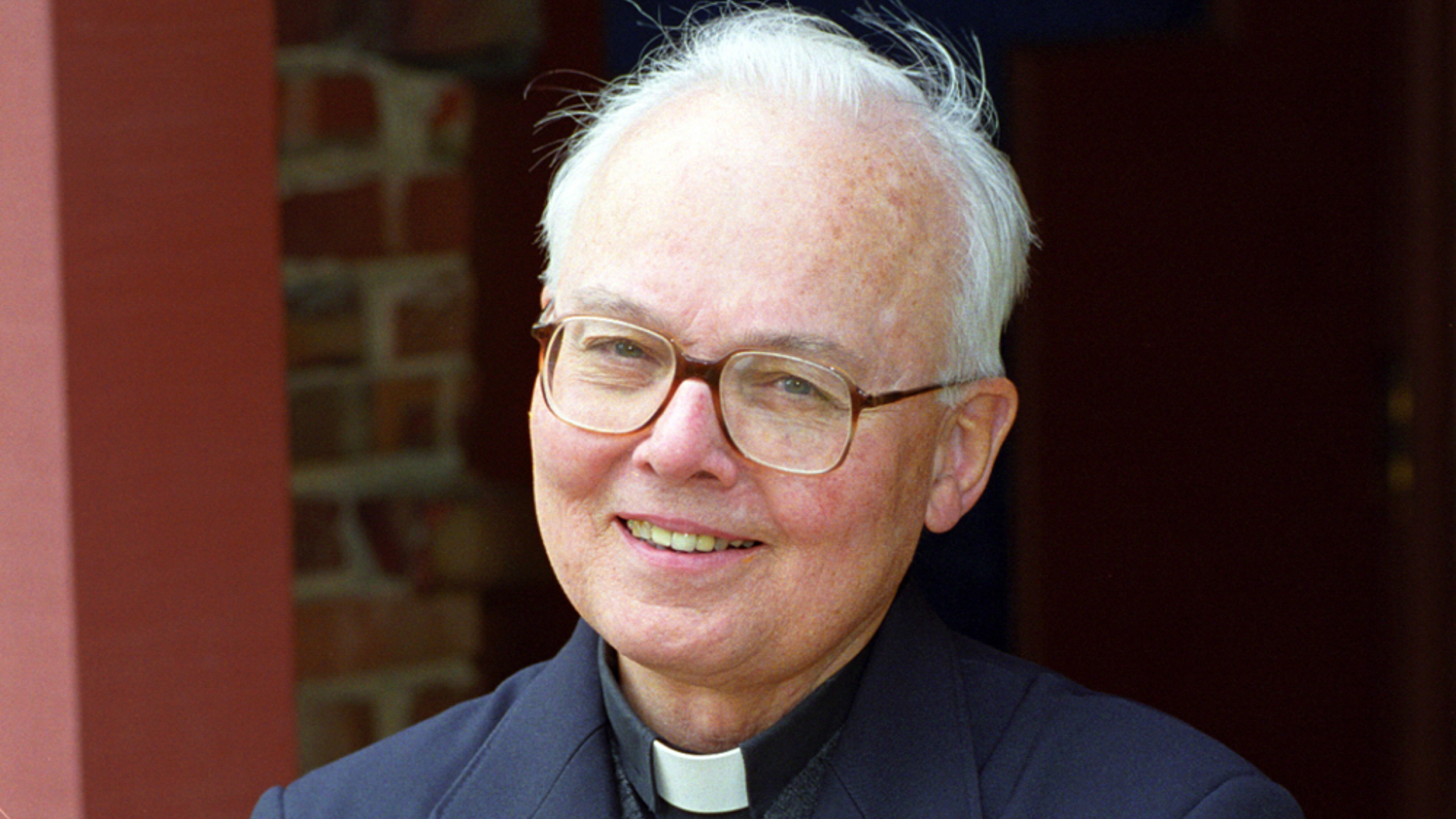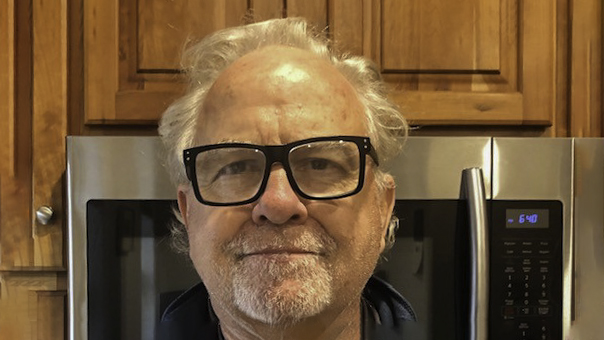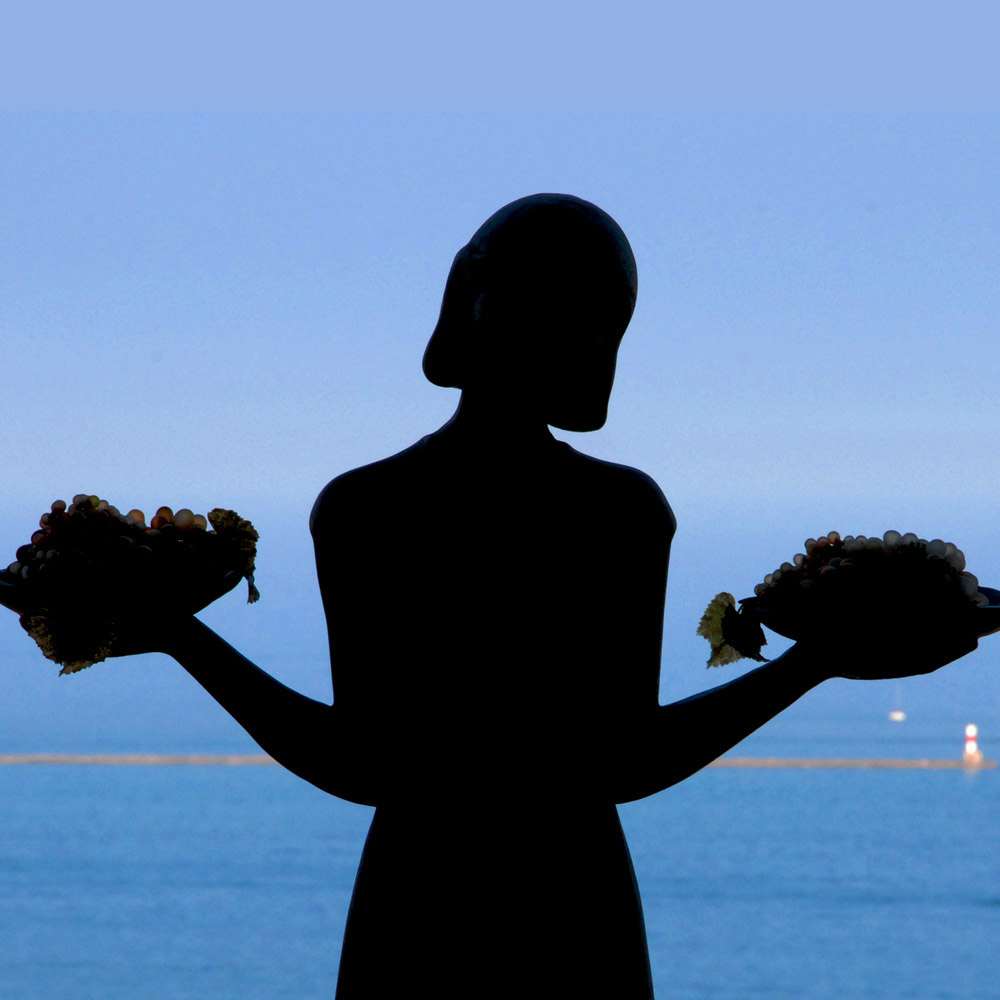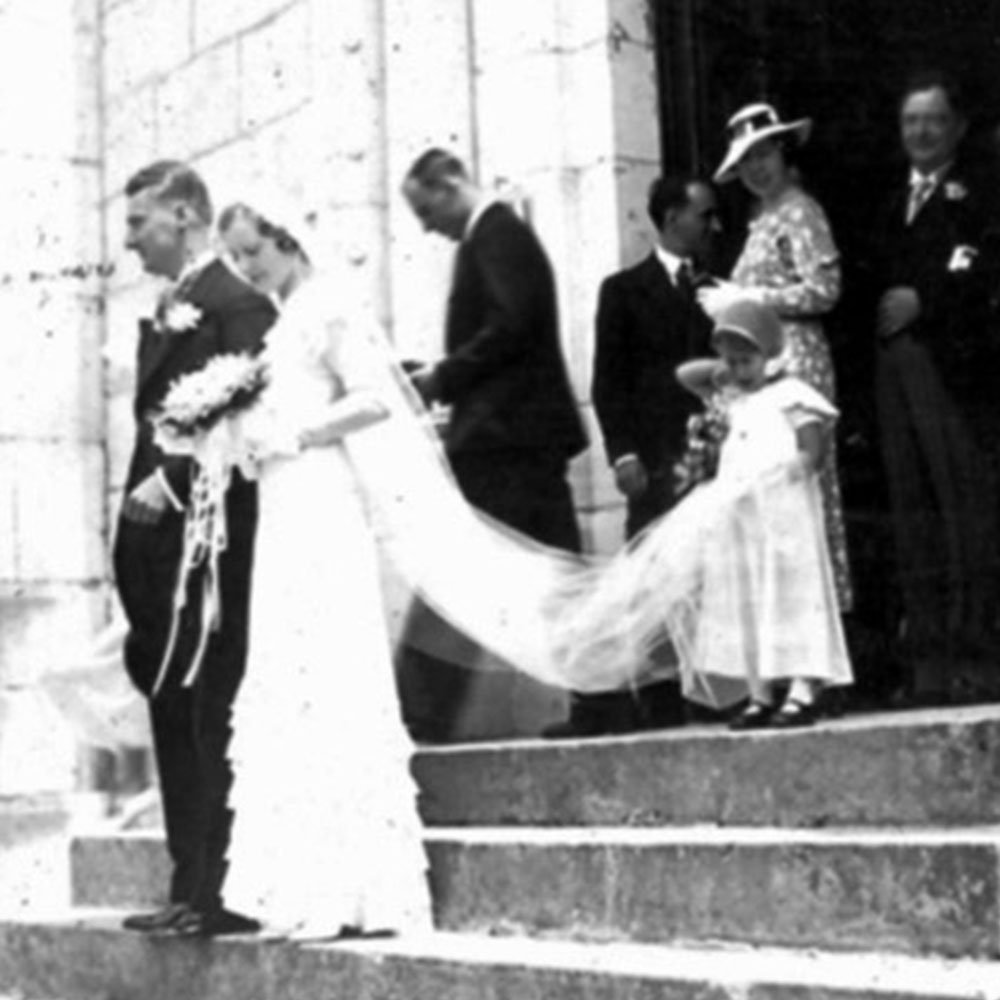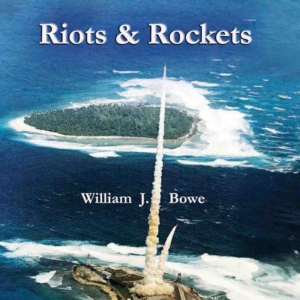In February, 2011, Andy and Bill Bowe travelled to New Delhi, India by way of the United Arab Emirates. Sightseeing in Delhi, population 16 million, let us take in the UNESCO World Heritage sites of Qutab Minar and Humyun’s tomb and the Red Fort.
Soon enough, we boarded the Royal Rajasthan on Wheels train. We went first to Rajasthan State, to Jodhpur, to Unaipur, to Chittogarh, to Jaipur and then to Sawai Madhopu (and a fruitless tiger search in Ranthambore National Park). Next it was on to Madhya Pradesh State and the World Heritage site at Khajuraho, with its erotic temple carvings. Finally our train took us to Uttar Pradesh State, home of Varanasi (the former Benares), with its cremations and Hindu celebrations on the Ganges River, and, finally, to Agra, home of our last Heritage Site visit, the Taj Mahal.
Our train, aimed at visitors like us, was a joint venture between the tourist bureau of the State of Rajasthan and India Railways, the central government-owned railway company of India (with 1.5 million employees).
Our only hotel was in Delhi. As we moved about by train through northern India, we typically had dinner on the train each night (Indian food or “European” cuisine) and slept in our twin bed compartment. Our quarters even its its own toilet and shower (thank you very much!). In the morning, after breakfast in one of our two train dining cars, we would debark to buses to visit that day’s local sites of interest.
As with the 122 foot-tall Victory Tower at Chittogarh Fort, (built to commemorate a victory over Muslims in 1440), the northern part of India has a long history and reflects an important part of the diverse cultures of the subcontinent.
Northbrook, Illinois
June, 2011


